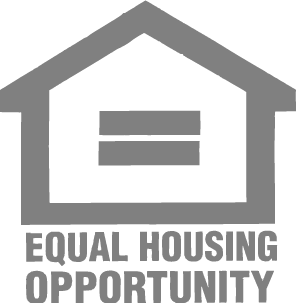If you are considering investing in Austin real estate as we approach uncertain times in the COVID-19 era, you need to be realistic and ask yourself the hard, honest questions. An economic downturn can offer opportunities for real estate investors where competition is lessened, and the number of those seeking rentals can increase. Investing in Austin requires a keen eye for opportunity, and now is the time to prepare to buy a rental property.
First, an Austin investor needs to understand the current real estate market. Local REALTORS® have access to resources that an investor can use to study current trends. Consulting with an agent that works daily in Austin’s home buying and selling industry is key to making an informed decision. Recently, residential sales in the Greater Austin area have increased by 2.2% year over year, while the median price hit a spike of 11.7% compared to March 2019. The numbers indicate that the first of the year’s activities were on track to continue pushing the market to new highs. As the May selling kicks off, the housing market could start to see subtle or not so subtle changes due to COVID-19’s effect on the economy. No one has absolute answers, but we can strongly speculate a significant shift ahead.
Second, those seeking to buy rental properties in Austin need to evaluate their financial situation honestly. Here are a few key areas to analyze:
- Savings – can you cover at least three months of personal expenses, including having funds set aside for emergencies?
- Job situation – are you in a stable position, or does your industry anticipate layoffs?
- Assets – do you have assets that will become a burden and/or are you considering selling one or multiple assets first?
- Liquidity – do you have readily available funds for a down payment, repairs, maintenance, and future mortgage payments?
2020 health concerns are creating unprecedented times but can also present opportunities for those intending on investing in Austin rental properties. For the realistic buyer, now is the time to prepare for those opportunities. If you need guidance from a local, experienced REALTOR®, contact Dona Brown and Talk Property Management. We serve in Travis, Williamson, and surrounding counties in residential sales and property management. Call 512-721-1094 for a free consultation.


